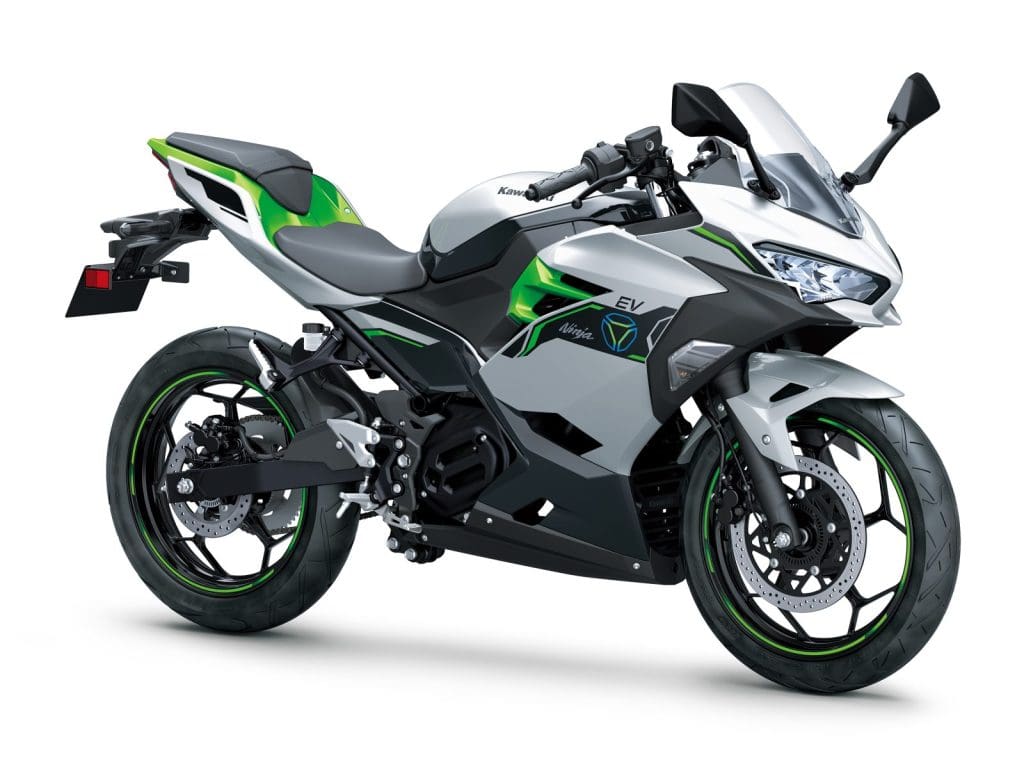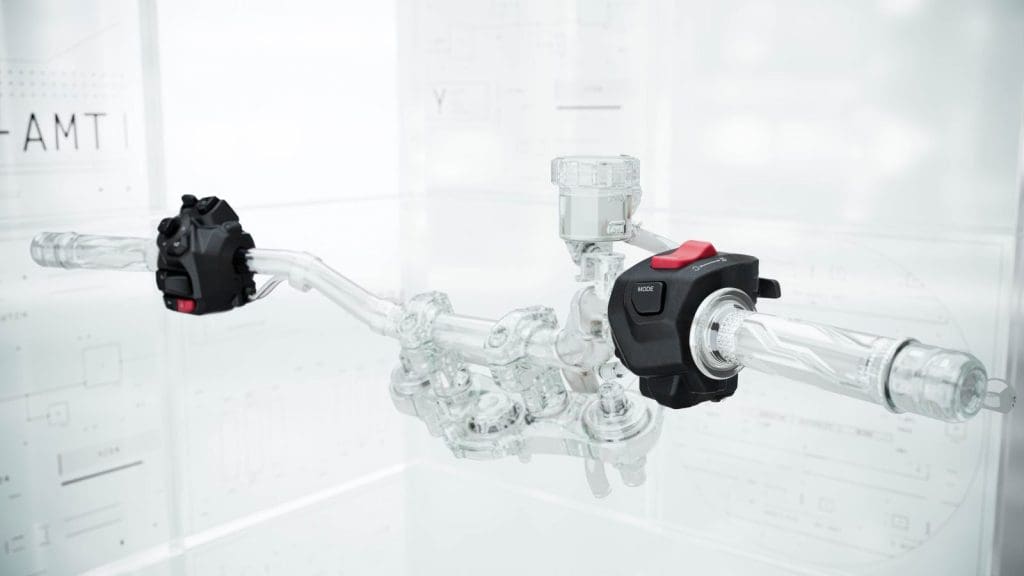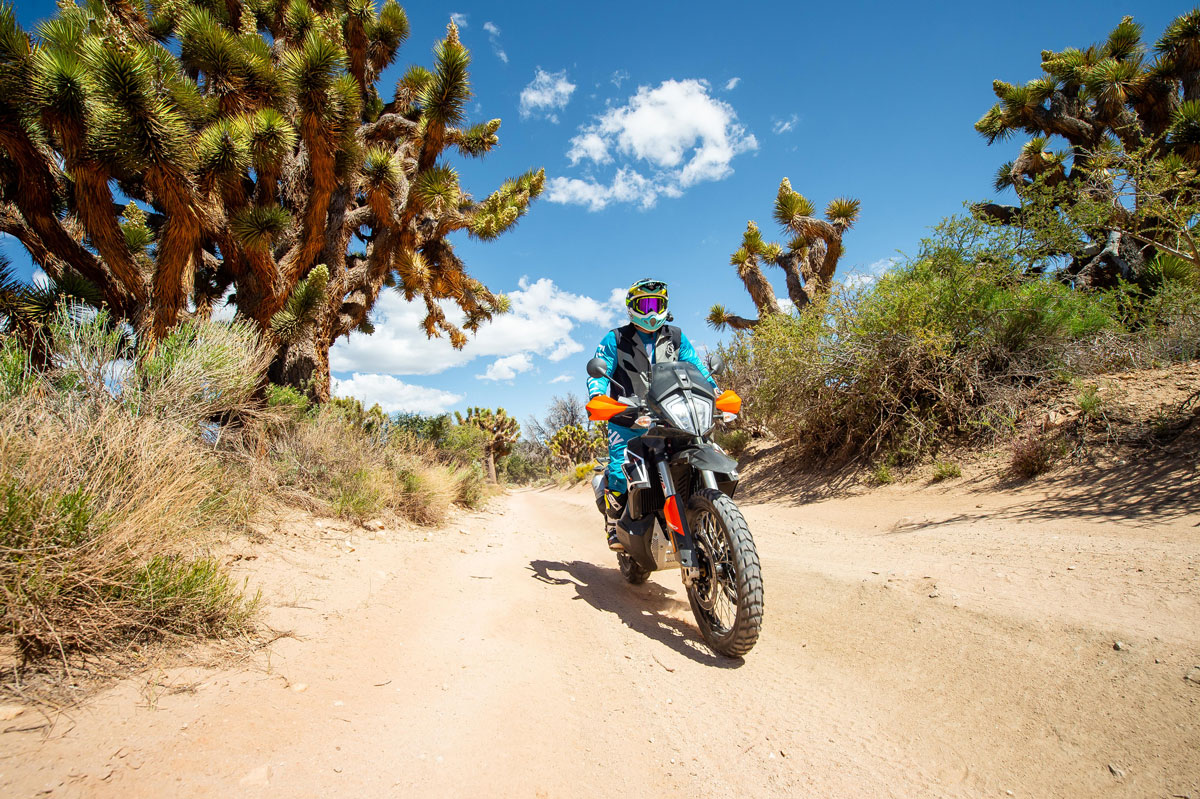It was a sparsely attended SAM Club Night last Monday. It’s the middle of the holiday season and it was cold and wet. We enjoyed a fine evening chatting about the past week’s events and activities. There was some redundant motorcycle gear available. Most of it either new or barely used. It’s amazing what biking gear we collect. If it fitted, the gear was gratefully received. Also, remember that the motorcycle training schools also welcome donations of kit. It can really help a young person get into biking and definitely more warming that watching them shiver at a bus stop.
There is no SAM Club Night in August. There are speakers booked for September, October and November. December Club Night will be the SAM Club Christmas Party. There is a steady flow of new Associates taking advantage of FREE first ride assessments and signing up for advanced rider courses. It’s a very busy time for the SAM Committee and our Observers. Tomorrow is the Safton Bike Fest. Organised by the pupils (supervised by teachers) at the Outwood Academy, it is a fantastic show of bikes and motorcycle services. We would like all members to support the event. Providing it’s not on an emergency, the air ambulance makes its appearance in a starring role at the show.
Some SAM Club members had a great day at Blyton Park. No they weren’t racing around the track. They were helping to test a new device to help bikers improve their braking distances. Representatives from motorcycle manufacturers and journalists were also present to watch the performances. A lot of the instruction went counter to what is taught on most motorcycle training courses. Most riders are taught to progressively press the brake levers to get the shortest stopping distances, i.e. those shown in the UK Highway Code. On the UK off-road motorcycle test, riders are only required to be adept at emergency braking from 30 mph. In a country where the average speed, outside of city and urban areas, is 40+mph, this is clearly inadequate preparation. Rapid, hard braking may be more effective at shortening the motorcycle’s stopping distance. It is one of those skills that takes continuing practice. Our members were very impressed with the improvements in their braking performance. Both bikes and brakes vary in performance, so it is vital to ensure that braking knowledge, skill and competence remain pin sharp. After all, how to stop 20-30 feet short of an immovable object means less pain and broken bits. Not to mention the riding time that is lost to being unprepared. Just a thought.
HMRC has u-turned on the misnamed, road fund licence, increases. It was due to come in on July 1st and would have seen a 5-fold tax increase for double-cab pickup trucks. These vehicles were due to be reclassified as business transport and owners landed with a huge benefit-in-kind tax bill. These vehicles emit an average 160 g of CO 2 per mile. For the average motorcycle it is 0.10086 g per mile. These kinds of policy u-turns, even if new internal combustion engine vehicles are banned in 6 years, make any carbon target less achievable. Tax changes that are likely to harm farmers, van drivers and the UK economy might become an argument for other types of heavy vehicle too. Between 2016 and 2023 the average car became nearly 400 kg heavier. In the UK, despite the increased damage to fragile highways, the vehicle tax system may not be used to solve the problem.
There’s good news for UK bikers in France. UK A-category licences are now recognised. This applies mainly to UK motorcyclists living in France, but could also impact those who spend extended periods in the country.
A more worrying problem for motorcyclists is a recent RAC analysis of test passes. It was discovered that thousands of learner drivers were taking the driving test six or more times before passing. Using DfT data, in 2023-2024, 50,875 practical tests were taken 6 or more times. Only 40% of these candidates passed the practical car test. Contrary to some people’s belief, the practical test has not become easier. A backlog, due to COVID, coupled with a shortage of test slots may have caused candidates to take a test before they were fully competent road users. With the attention to detail by SAM’s Observers, our Associates can be reassured that we will not put them forward for an advanced rider test before they are fully ready to pass the test. In general, motorcyclist candidates, with their extended training and off-road/on-road tests continue to out-perform car drivers by a considerable margin. Theory (71%), Module 1 off-road (74%), Module 2 on-road (72%) (source Department for Transport – 6 th October 2022). Car theory (44.2%) , practical (48.3%).
By the time this news emerges the counting of candidate votes will be almost finished. We then have the task of pushing motorcycling back to the place where it is accepted as a low-carbon, cost-effective, flexible and minimally damaging form of personal transport. Just to make it easier, reforming the convoluted motorcycle licensing process will be a great start. Using bus lanes, getting rid of VAT on protective clothing, protecting access to roads and green lanes, supporting motorcycling leisure and sport. Motorcycles can also provide NHS and Community care dispatch rider services – as well as delivering fast food! It will just take imagination and determination to make the most of what motorcycles have to offer. Let’s see if the new batch of MPs and Civil Servants are up to the job.
As always, to all those SAM members who are having a hard time, or are in poor health, we are always thinking about your welfare and wishing you the very best. Stay in touch and happy reading.
Back to top


 Is the electric dream shorting out? A worldwide sales slump suggests this could be the case…
Is the electric dream shorting out? A worldwide sales slump suggests this could be the case… Yamaha is set to go automatic with a new automated transmission coming to multiple models soon.
Yamaha is set to go automatic with a new automated transmission coming to multiple models soon.
 AMCN is on the hunt for a new Digital Guru who lives and breathes motorcycles.
AMCN is on the hunt for a new Digital Guru who lives and breathes motorcycles. With a general election taking place on Thursday, July 4 to determine the next UK government, MCN has been looking into the promises laid out by key political parties to see how each could impact motorcyclists. Political discussions surrounding bikes are nothing new, with the debate on the
With a general election taking place on Thursday, July 4 to determine the next UK government, MCN has been looking into the promises laid out by key political parties to see how each could impact motorcyclists. Political discussions surrounding bikes are nothing new, with the debate on the 
 Kawasaki-powered stunt rider gets first practice ahead of high-speed ski record attempt
Kawasaki-powered stunt rider gets first practice ahead of high-speed ski record attempt
 Part 8: Flexibility
Part 8: Flexibility Moped vs scooter: What’s the difference?
Moped vs scooter: What’s the difference?  Logic says there should be an unbridgeable chasm between motorcycling and the automatic transmission. The former is all about the human-mechanical connection between a bike and its rider while the latter is all about labour-saving convenience and masking the deficiencies of the user’s own skills. But it’s looking increasingly likely that the unthinkable could happen: the automatic transmission could become dominant in motorcycling.
Logic says there should be an unbridgeable chasm between motorcycling and the automatic transmission. The former is all about the human-mechanical connection between a bike and its rider while the latter is all about labour-saving convenience and masking the deficiencies of the user’s own skills. But it’s looking increasingly likely that the unthinkable could happen: the automatic transmission could become dominant in motorcycling. 
 This book’s title lets you know exactly what to expect when you start turning pages. Helen Lloyd is the embodiment of an adventure rider, a solo traveler who loves the challenges of extreme journeys. She first popped on the scene with
This book’s title lets you know exactly what to expect when you start turning pages. Helen Lloyd is the embodiment of an adventure rider, a solo traveler who loves the challenges of extreme journeys. She first popped on the scene with  Summer is finally coming and with it a return to adventure riding. Most of our bikes have spent the colder winter months in storage or undergoing repairs and modifications. As riders we’ve been forced to be content with reading stories and planning trips. If, like me, you are situated in the American southwest, you know how hot it can get even early in the season.
Summer is finally coming and with it a return to adventure riding. Most of our bikes have spent the colder winter months in storage or undergoing repairs and modifications. As riders we’ve been forced to be content with reading stories and planning trips. If, like me, you are situated in the American southwest, you know how hot it can get even early in the season. 
 Tomorrow is the 80th anniversary of D-Day, an appropriate time to remember what WW2 airbases have done for British motorcycle racing – since 1945 more than seventy have hosted bike races. I started racing motorcycles (I use the term loosely) at
Tomorrow is the 80th anniversary of D-Day, an appropriate time to remember what WW2 airbases have done for British motorcycle racing – since 1945 more than seventy have hosted bike races. I started racing motorcycles (I use the term loosely) at  BSA Motorcycles: A Brief History Of The Iconic British Brand
BSA Motorcycles: A Brief History Of The Iconic British Brand It was the movie which defined motorcycle chic, with a brooding Marlon Brando astride a 1950 Triumph Thunderbird 6T rolling into a dusty Californian town. As The Wild One, wearing an outlaw leather jacket, Levi 501s and Ray Ban Aviators, the motorcycle
It was the movie which defined motorcycle chic, with a brooding Marlon Brando astride a 1950 Triumph Thunderbird 6T rolling into a dusty Californian town. As The Wild One, wearing an outlaw leather jacket, Levi 501s and Ray Ban Aviators, the motorcycle 












 Now that the manifestos of the main political parties have been published, the National Motorcyclists Council (NMC) has looked at how the parties measure up when it comes to their commitments in motorcycling related areas.
Now that the manifestos of the main political parties have been published, the National Motorcyclists Council (NMC) has looked at how the parties measure up when it comes to their commitments in motorcycling related areas.  Finland is the recipient of the 2024 European Transport Safety Council prize for outstanding progress in road safety. Finland reduced road deaths by 29% over the decade to 2023, while the average decline in the EU was 16%.
Finland is the recipient of the 2024 European Transport Safety Council prize for outstanding progress in road safety. Finland reduced road deaths by 29% over the decade to 2023, while the average decline in the EU was 16%. 


